Hemant Darbari
Shiva++: An Enhanced Graph based Ontology Matcher
Apr 19, 2014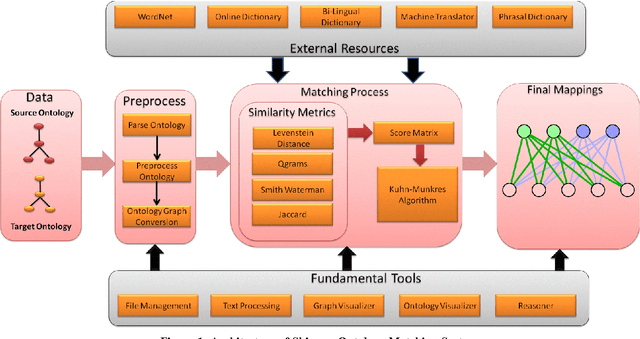
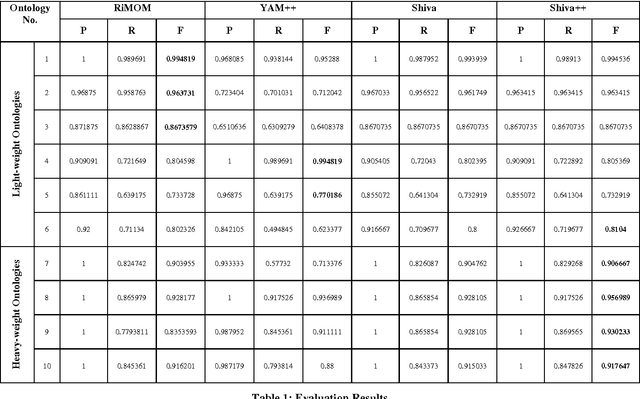
Abstract:With the web getting bigger and assimilating knowledge about different concepts and domains, it is becoming very difficult for simple database driven applications to capture the data for a domain. Thus developers have come out with ontology based systems which can store large amount of information and can apply reasoning and produce timely information. Thus facilitating effective knowledge management. Though this approach has made our lives easier, but at the same time has given rise to another problem. Two different ontologies assimilating same knowledge tend to use different terms for the same concepts. This creates confusion among knowledge engineers and workers, as they do not know which is a better term then the other. Thus we need to merge ontologies working on same domain so that the engineers can develop a better application over it. This paper shows the development of one such matcher which merges the concepts available in two ontologies at two levels; 1) at string level and 2) at semantic level; thus producing better merged ontologies. We have used a graph matching technique which works at the core of the system. We have also evaluated the system and have tested its performance with its predecessor which works only on string matching. Thus current approach produces better results.
* arXiv admin note: text overlap with arXiv:1403.7465
Evaluation and Ranking of Machine Translated Output in Hindi Language using Precision and Recall Oriented Metrics
Apr 07, 2014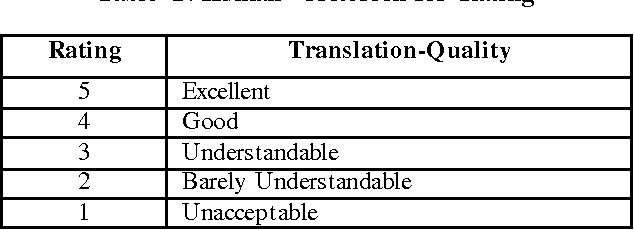
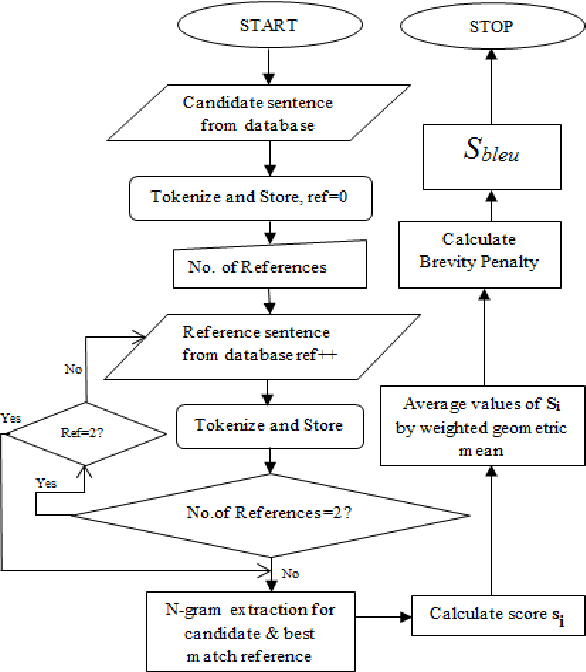
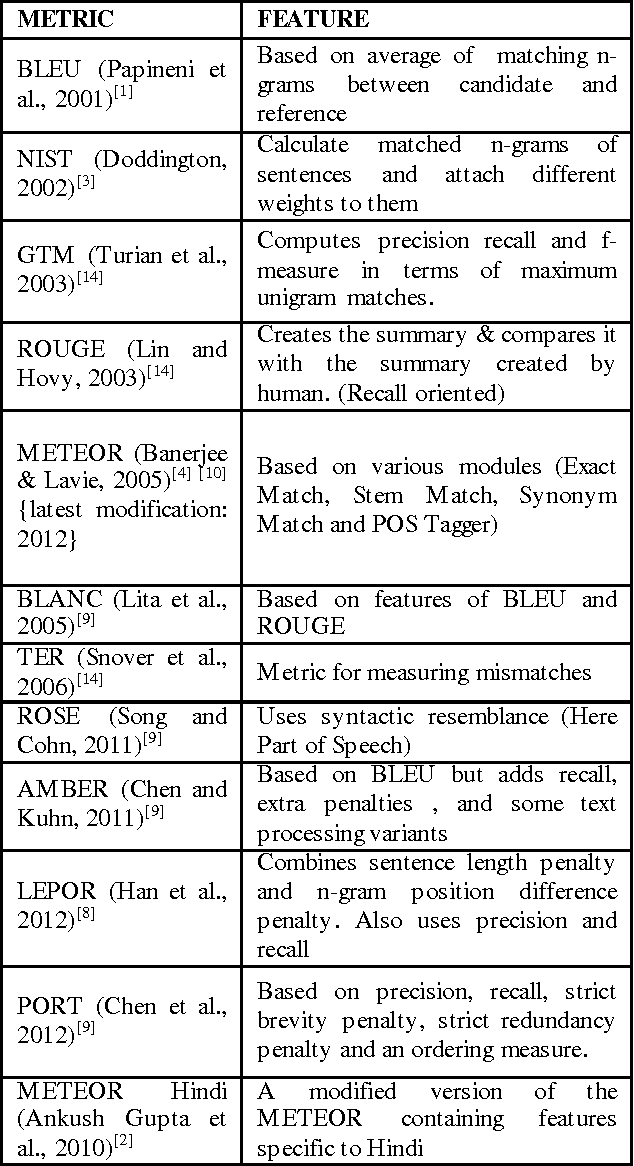
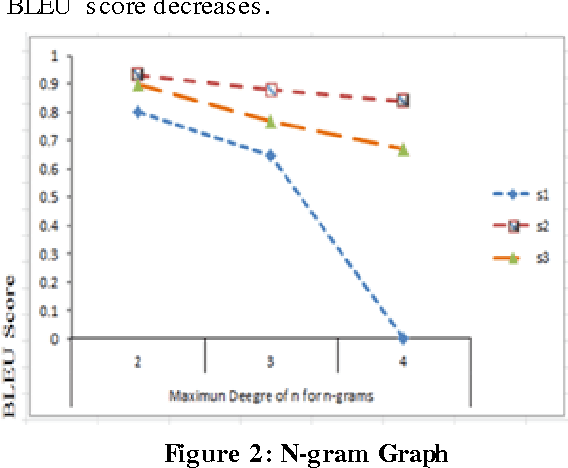
Abstract:Evaluation plays a crucial role in development of Machine translation systems. In order to judge the quality of an existing MT system i.e. if the translated output is of human translation quality or not, various automatic metrics exist. We here present the implementation results of different metrics when used on Hindi language along with their comparisons, illustrating how effective are these metrics on languages like Hindi (free word order language).
Shiva: A Framework for Graph Based Ontology Matching
Mar 28, 2014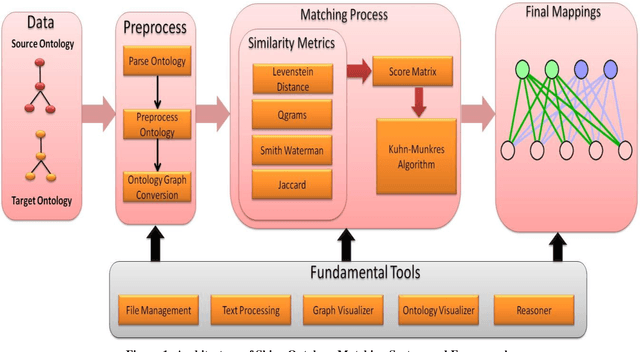
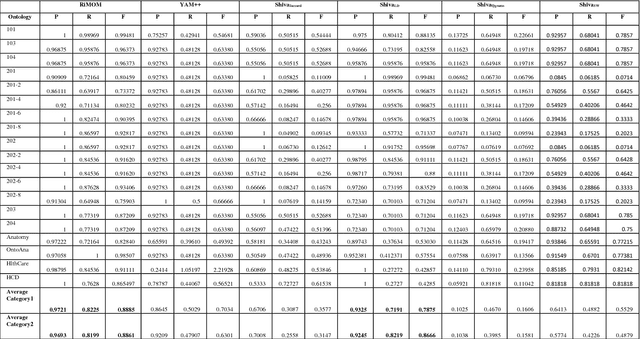
Abstract:Since long, corporations are looking for knowledge sources which can provide structured description of data and can focus on meaning and shared understanding. Structures which can facilitate open world assumptions and can be flexible enough to incorporate and recognize more than one name for an entity. A source whose major purpose is to facilitate human communication and interoperability. Clearly, databases fail to provide these features and ontologies have emerged as an alternative choice, but corporations working on same domain tend to make different ontologies. The problem occurs when they want to share their data/knowledge. Thus we need tools to merge ontologies into one. This task is termed as ontology matching. This is an emerging area and still we have to go a long way in having an ideal matcher which can produce good results. In this paper we have shown a framework to matching ontologies using graphs.
HEVAL: Yet Another Human Evaluation Metric
Nov 15, 2013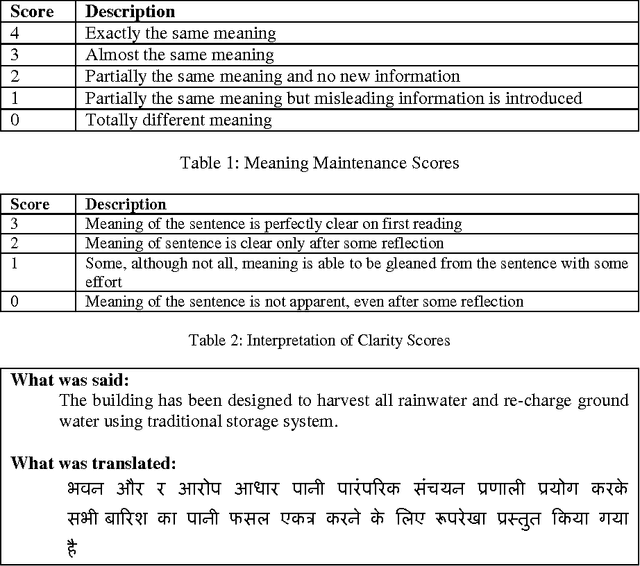
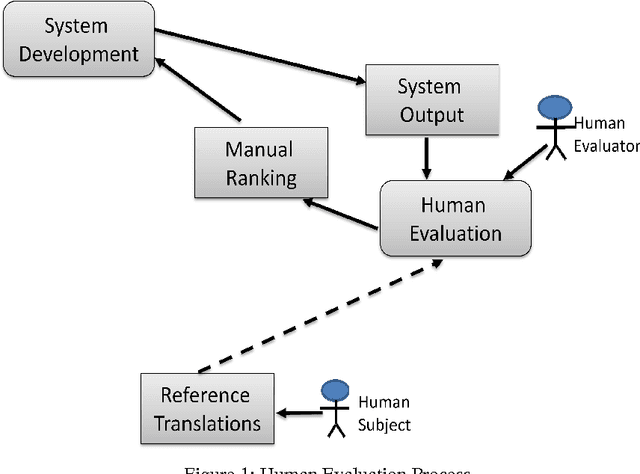
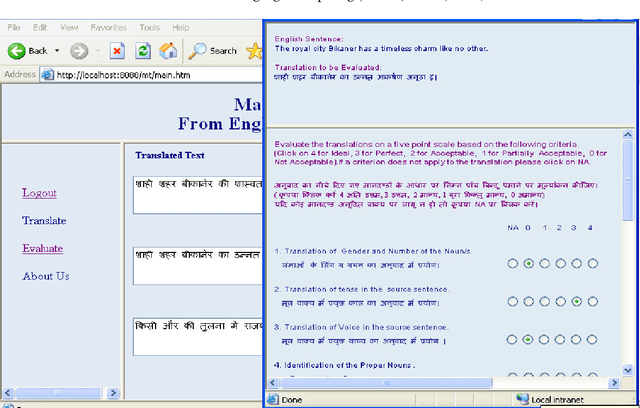
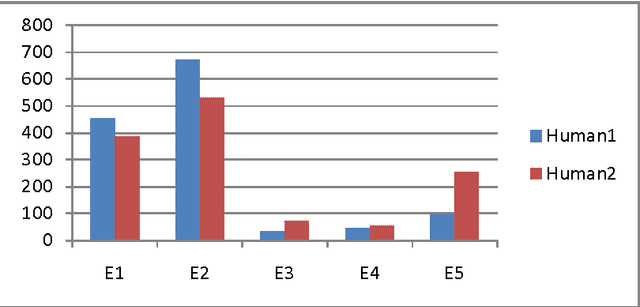
Abstract:Machine translation evaluation is a very important activity in machine translation development. Automatic evaluation metrics proposed in literature are inadequate as they require one or more human reference translations to compare them with output produced by machine translation. This does not always give accurate results as a text can have several different translations. Human evaluation metrics, on the other hand, lacks inter-annotator agreement and repeatability. In this paper we have proposed a new human evaluation metric which addresses these issues. Moreover this metric also provides solid grounds for making sound assumptions on the quality of the text produced by a machine translation.
Human and Automatic Evaluation of English-Hindi Machine Translation
Jul 24, 2013Abstract:For the past 60 years, Research in machine translation is going on. For the development in this field, a lot of new techniques are being developed each day. As a result, we have witnessed development of many automatic machine translators. A manager of machine translation development project needs to know the performance increase/decrease, after changes have been done in his system. Due to this reason, a need for evaluation of machine translation systems was felt. In this article, we shall present the evaluation of some machine translators. This evaluation will be done by a human evaluator and by some automatic evaluation metrics, which will be done at sentence, document and system level. In the end we shall also discuss the comparison between the evaluations.
 Add to Chrome
Add to Chrome Add to Firefox
Add to Firefox Add to Edge
Add to Edge